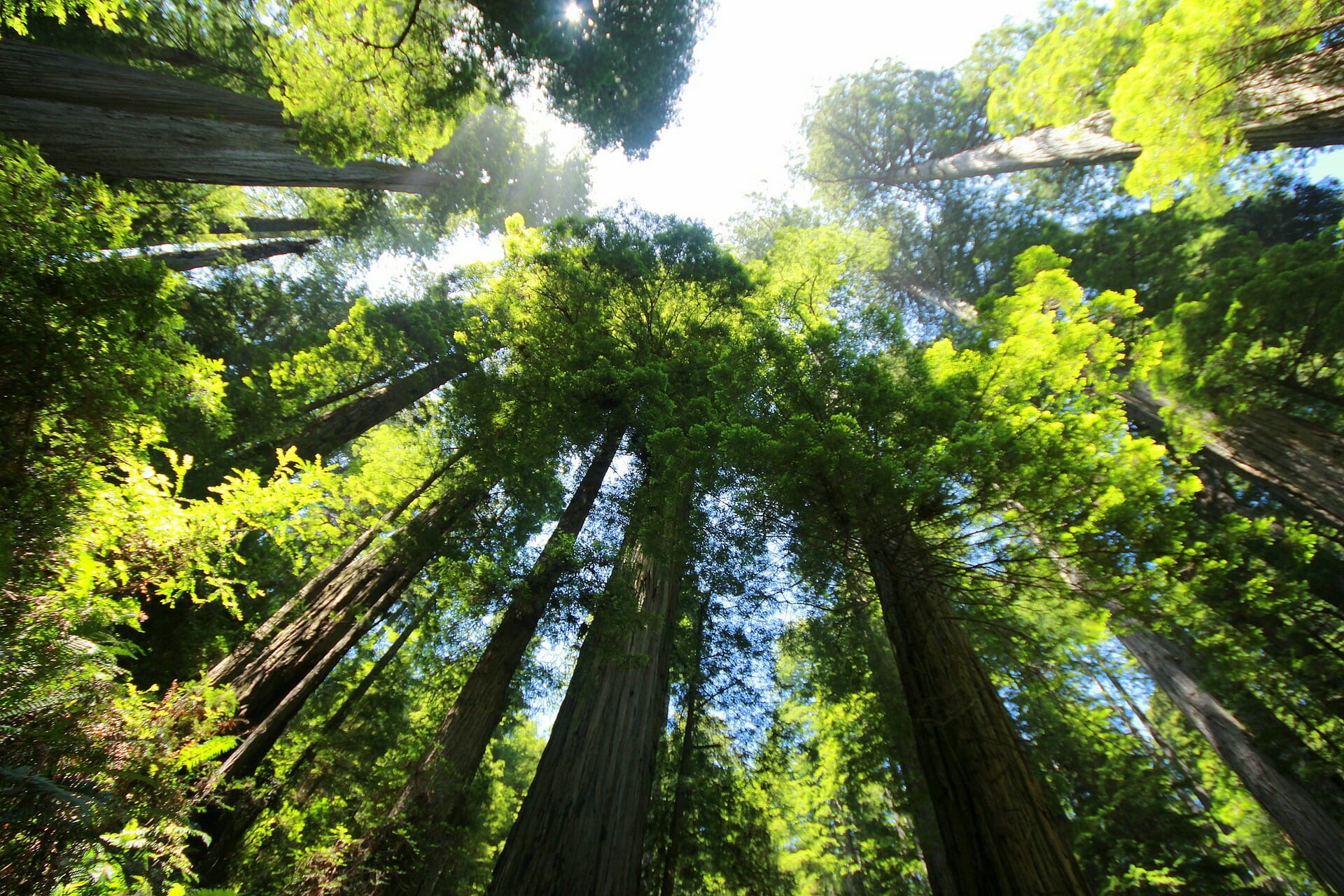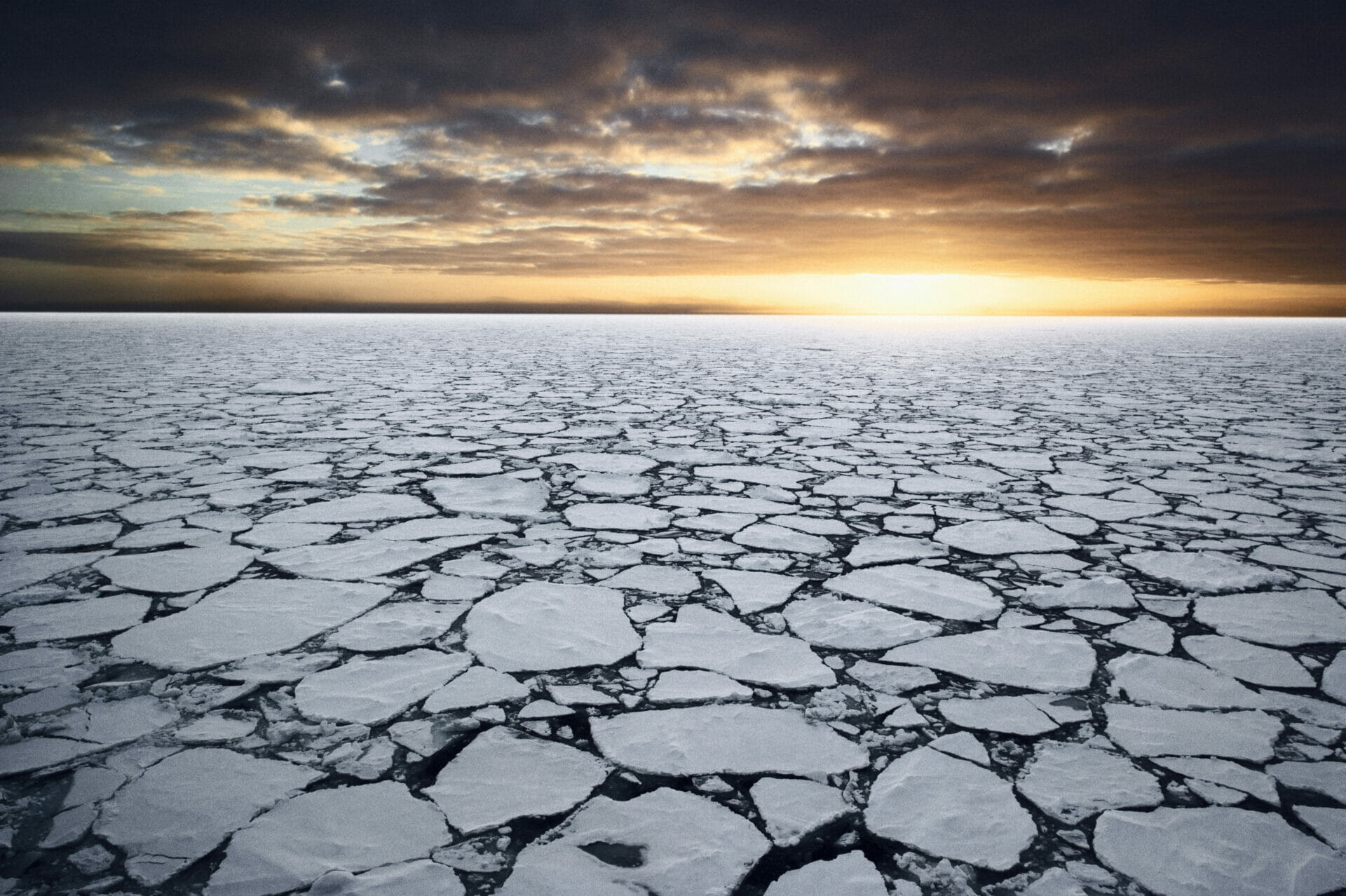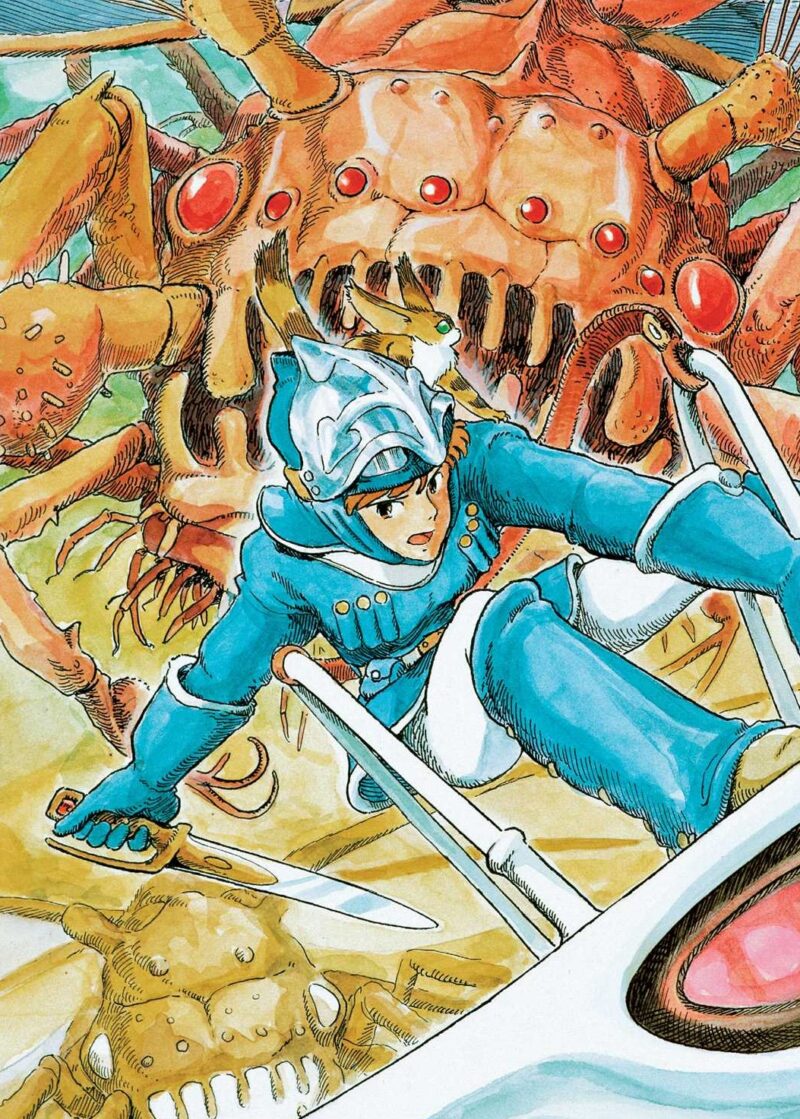
Nausicaä of the Valley of the Wind | Of human hubris and nature
Author
Year
Format
Nausicaä of the Valley of the Wind is Hayao Miyazaki‘s work of a lifetime, spanning over ten years and encapsulating his feelings towards the post World War Two era. Debuting with the publication of the first chapter in 1982 and as a movie only two years later, it paved the road for his subsequent works. A tale that unites a fantasy world, sci-fi technology and contemporary themes, like environmentalism and pacifism, all in one. For its merits, in 1994 the series won the Japan Cartoonist Association Award, and to this day counts over 17 million copies worldwide.
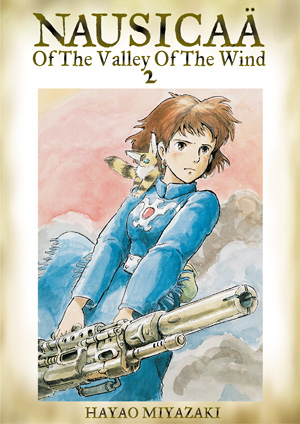
An epic fantasy of ecological pacifism
The story takes place on a post-apocalyptic Earth. Unbridled industrialization and the subsequent raging war brought to the collapse of civilization as we know it. A thousand years later, humanity is facing extinction due to the Sea of Corruption, an ever-spreading toxic forest. However, instead of working together to survive, the remaining kingdoms have turned once again to warfare for supremacy.
Nausicaä is the princess of the Valley of the Wind, one of the territories closest to the Sea of Corruption. Due to this proximity, she develops a kinship with the forest and its insect inhabitants, yearning to understand them. But with the impending conflict between the Torumekian and the Dorok empires, she will need to take action to stop history from repeating itself. The series depicts the extent of humanity’s fall from grace through the lenses of a world overrun by hostile nature. A concept present in many media, like the video-game Submerged Hidden Depths or the frozen dystopia of the movie Snowpiercer.
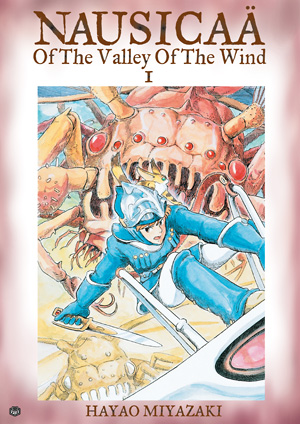
The manga series that started it all
By 1980, 39 years old Miyazaki had already a promising career in animation, working on anime series and movies alike. He had also dabbled in manga, though the majority were adaptations of pre-existing works. Stories of Western inspiration for a younger audience, like The Wonderful World of Puss in Boots and Animal Treasure Island. So, when the editorial staff of the magazine Animage reached out for a collaboration, a new perspective arose. Miyazaki had the opportunity to create a manga series of his own, free of strict publication schedules. He worked on the project alone, and would have kept on developing the story for the following twelve years.
Nausicaä of the Valley of the Wind subverts the norms of manga in many aspects, starting from its format. The A4 layout is double the size of a standard tankōbon, a choice that compliments its grand illustrations and is closer to the French comics format. The structure too diverts from the standard chapter division, and the style is more akin to European comics. Featuring a wide use of cross hatching, the pages are so rich in both text and drawings as to require extra time to navigate them. In particular, the double-spreads offer breathtaking views, balancing detailed artworks and white spaces that bring the narrative world to life. Meanwhile the characters retain a simple yet effective design, which would later become a staple of Ghibli art style. This balance of visual elements, detailed worldbuilding and narrative rhythm contributed to commit the story in the readers’ collective memory.
How Nausicaä defines the female hero
Miyazaki’s portrayal of female characters populate all of his narratives, showing determined heroines far away from the stereotypical damsel in distress. Nausicaä represents their predecessor, a protagonist born from the amalgamation of two specific literary figures. The first is the homonymous princess of Phaeacia from Homer’s Odyssey. The second is the protagonist of The lady who loved insects, a folklore tale of the Heian period. Both feature are non-conformist princesses with a connection to nature – which is the core of Nausicaä’s character: a young woman both strong-willed and naive, who matures into the role of leader.
Foretold as the only one able to save their dying world, said quest will challenge her views and morals alike. For she is a pacifist who must partake in war, a nature lover in a conflict where nature is the enemy. And the fact that Nausicaä manages not to lose her compassion shows that she does have the potential to end the cycle of violence. The manga shares similarities with the book series Dune, not only in terms of hostile environments but also themes. Both feature political conflict and young protagonists who rise to an almost prophetic status thanks to their unique abilities. For Paul it is his prescience, which gives him visions and influence over people; for Nausicaä, it is her understanding of the Sea of Corruption that grants her the agency to change the world.
An epic fantasy centered around ecologism
To better understand the significance of this manga’s ecologist message, it is important to consider Miyazaki’s own background. Born four years before Japan’s surrender in 1945, he grew up witnessing the societal changes brought by war. In particular, the economic boom that revived the fortunes of the country between the ‘50s and the ‘70s. This controversial period marked the advent of industrialisation and the first pollution disasters, like the Minamata Bay mercury poisoning. Hence, Nausicaä of the Valley of the Wind served as a vessel for his sentiments towards these profound changes. However, it also is a cautionary tale towards what the future may hold if humanity keeps on disregarding the environment.
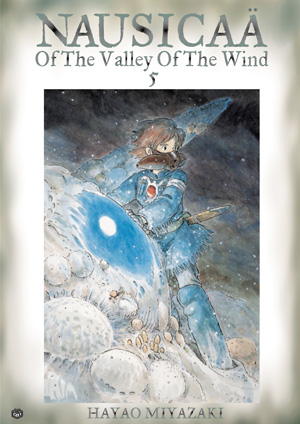
Nature is the undisputed focal theme of the narrative, holding a double connotation. In the eyes of man it is wild and dangerous: the fungal forest is a spreading infection, and the creatures within it an untamed threat. But from an external perspective, the same as Nausicää’s, it is magnificent and worthy of respect. The Sea of Corruption is nothing but the defense mechanism of a damaged world that is attempting to heal. A stark parallel against the anthropocentric and opportunistic role that humanity plays in history. And in a time where climate change is the main global concern, this message echoes stronger than ever.
Nausicaä spurs the question: can humanity be saved from itself?
War is a prevalent element of the story, both in the imaginary and dialogues, reflecting the trauma of World War Two. Themes of religious prosecution, use of mass destruction weapons and genocide also echo in this work. Miyazaki does not shy away from depicting its brutality, even more ghastly in his expressive art style. The narrative of Nausicaä of the Valley of the Wind shows a double conflict at play: man versus nature and man versus man. What is left of humanity is divided within itself and misguided towards the outside world – so blinded in its wish to survive to repeat its past mistakes.
Thus emerges the theme of pacifism, incarnated into the protagonist. But Nausicaä’s refusal of violence does not make her neither a delusional nor passive figure. In fact, she too ends up giving into acts of violence despite her morals, much like Vash the Stampede in Trigun. And because this side of her does exist, her choice to hold onto her principle becomes a conscious action: to not be driven by her own fear and instinct, but rather compassion and logic. Much like humanity’s way to redemption, the path that Nausicaä must walk to fulfill her destiny is paved by sacrifices. However, it is the only one worth walking.
Tag
Buy a ☕ for Hypercritic







